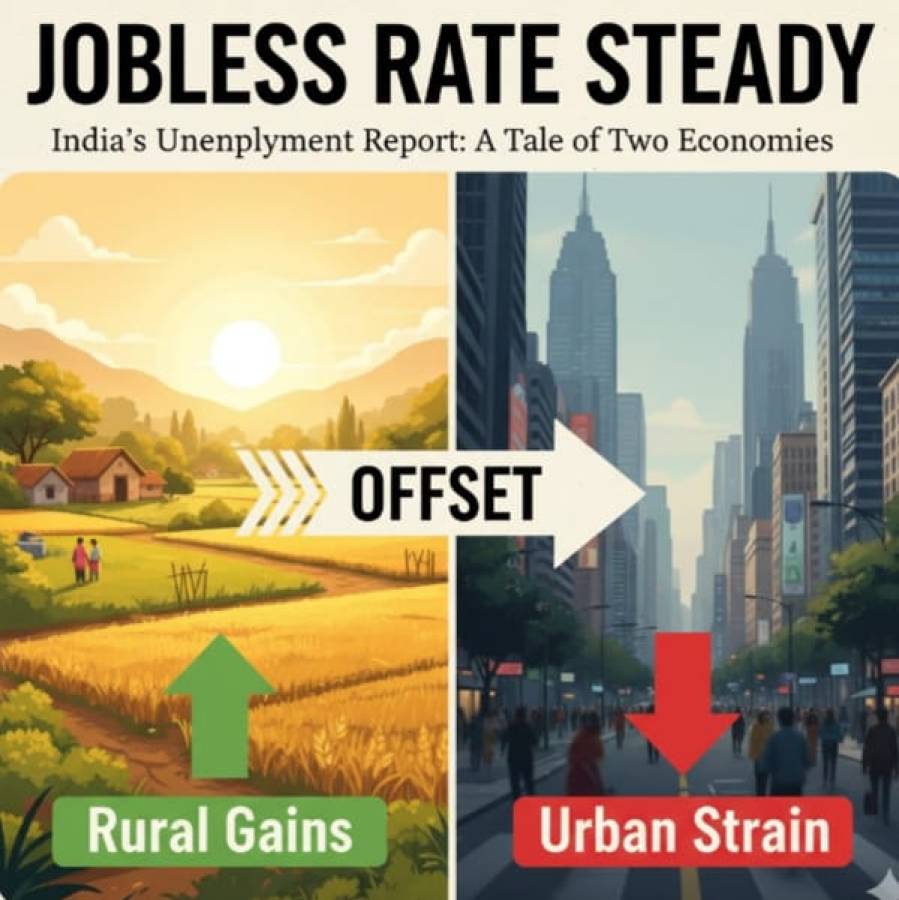
In a development that's thrown a geopolitical wrench into South Asia's already complex machinery, Bangladesh's interim Prime Minister, Muhammad Yunus, has ruffled feathers in New Delhi. While on an official visit to China, Yunus provocatively described India’s northeastern states as "landlocked" and Bangladesh as the region’s sole maritime gateway—an assertion loaded with strategic implications. What truly raised eyebrows, however, was his invitation to China, describing Bangladesh as a natural extension of the Chinese economy, with the potential to bridge China's Belt and Road Initiative to India's sensitive northeast.
The Chicken's Neck: Geography as Destiny
At the heart of this controversy lies a 22-kilometre-wide sliver of land in West Bengal known as the Siliguri Corridor—or colloquially, the "Chicken's Neck." This narrow passage is India's only terrestrial link to its eight northeastern states, including Assam, Arunachal Pradesh, and Tripura. Sandwiched between Nepal, Bhutan, and Bangladesh, the corridor’s geography makes it a logistical bottleneck and a strategic vulnerability.
A disruption here—military or infrastructural—could sever the northeastern region from the Indian mainland. During the 1962 Sino-Indian War, the vulnerability of this lifeline came into sharp focus when Chinese troops advanced dangerously close to the region, prompting India to recalibrate its northeastern defence strategy.
Yunus’s Gambit: Maritime Leverage and Chinese Affection
Yunus's remarks, seemingly benign on the surface, carry heavy undertones. By reiterating the landlocked status of India's northeast and positioning Bangladesh as the only maritime outlet, he implicitly challenged India's regional dominance. Moreover, his articulation of Bangladesh as a conduit for Chinese economic ambitions directly contradicts India’s long-standing concerns over China's growing footprint in South Asia.
During his visit, Chinese President Xi Jinping hinted at reducing interest rates on loans extended to Bangladesh and proposed enhanced infrastructure cooperation. This marks an uptick in Dhaka-Beijing ties, a strategic vector that India views with caution, especially when such cooperation ventures near the Siliguri Corridor.
India’s Response: Diplomatic Gloves Off
India wasted no time in issuing a firm rebuttal. Assam Chief Minister Himanta Biswa Sarma termed the remarks "offensive and condemnable," urging the central government to fast-track infrastructure projects that could decongest the strategic bottleneck. The idea of alternate connectivity—such as the under-development Kaladan Multi-Modal Transit Project through Myanmar or improved connectivity via the Northeast-Bangladesh corridor—is gaining momentum as a countermeasure.
Strategic analysts in India also point out that Yunus’s positioning could embolden China to exploit regional fault lines, a concern exacerbated by existing Chinese investments in Bangladesh's power, telecom, and infrastructure sectors.
The Historical Luggage: Lessons from 1962 and 1971
India’s anxiety over the Chicken’s Neck isn’t just military—it’s historical. During the 1962 war, Chinese troops managed to swiftly overrun Indian positions in Arunachal Pradesh, illuminating the glaring gaps in terrain readiness. In 1971, the corridor became a vital artery during the Bangladesh Liberation War, when Indian forces used it to support the Mukti Bahini against Pakistani troops.
Since then, India has built up a formidable defence mechanism in the corridor. The Border Security Force (BSF), Indo-Tibetan Border Police (ITBP), and Sashastra Seema Bal (SSB) now maintain an omnipresent watch. But geographic constraints—like mountainous terrain and narrow roads—mean that physical security alone cannot eliminate the corridor’s inherent fragility.
Bangladesh’s Strategic Tango
From Dhaka’s perspective, Yunus’s comments could be a calculated move to attract greater Chinese investment and diversify diplomatic leverage. Bangladesh, while historically aligned with India due to the events of 1971, has in recent years tried to position itself as a neutral player amid growing Sino-Indian rivalry.
By painting Bangladesh as a maritime facilitator for India's northeast, Yunus could be signalling a shift in foreign policy orientation—one that views China not as a rival but as a partner in development. However, this overture risks backfiring. Overdependence on Beijing has backlashed in countries like Sri Lanka, where unsustainable Chinese debt culminated in the controversial Hambantota Port handover.
Regional Ripples: Dominoes in Motion
Yunus’s remarks may be isolated diplomatically, but their ripple effects could resonate across South Asia. Nepal and Bhutan—nations bordering the corridor—may revisit their diplomatic calculus. India, for its part, may expedite initiatives like BIMSTEC or BBIN (Bangladesh, Bhutan, India, Nepal) to dilute Chinese influence and reassert its role as the primary regional partner.
The geopolitics of infrastructure—such as road, rail, and port connectivity—will now take centre stage. Projects like the India-Bangladesh Maitri Setu and the proposed trilateral highway between India, Myanmar, and Thailand could receive fresh impetus as New Delhi seeks to insulate its northeast from strategic encirclement.
When Geography Becomes Strategy
Muhammad Yunus may have opened a new chapter in South Asian diplomacy—not with tanks or treaties, but with a few charged words. His comments underscore a fundamental reality: geography in this region is not just about maps; it's about manoeuvring.
As China’s shadow looms large and Bangladesh stakes its position, India will need to blend diplomatic finesse with strategic urgency. The Chicken’s Neck may be narrow, but the corridor’s role in shaping the region’s future is anything but small. To ensure stability, India must not just guard the gateway—but redesign the roadmap.





















